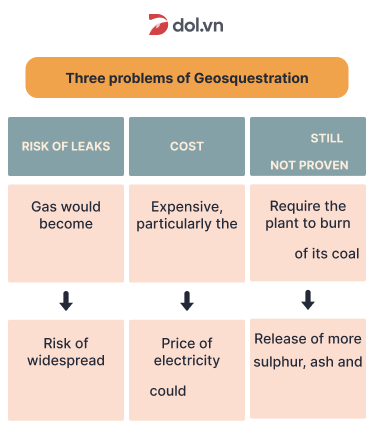Đề thi IELTS Online Test IELTS Actual Test 6 - Listening Test 6 - Download PDF, Audio Transcript và Đáp án
Luyện tập đề IELTS Online Test IELTS Actual Test 6 - Listening Test 6 được lấy từ cuốn sách IELTS Actual Test 6 với trải nghiệm thi IELTS trên máy và giải thích đáp án chi tiết bằng Linearthinking, kèm answer key và list từ vựng IELTS cần học trong bài đọc.
Section
👂️ Bài nghe section 1
❓ Tapescript section 1
🔥 Đáp án & giải thích section 1
Giải thích chi tiết
 Đáp án cần điền là điểm tốt ở tính cách của anh ấy
Đáp án cần điền là điểm tốt ở tính cách của anh ấy
=> Biết đáp án sắp tới khi nghe "he has good points"
 Nghe thấy "I mean, at least he's quiet"
Nghe thấy "I mean, at least he's quiet"
=> Đáp án: quiet 
Section
👂️ Bài nghe section 2
❓ Tapescript section 2
🔥 Đáp án & giải thích section 2
Giải thích chi tiết
 Loại từ cần điền là danh từ, đi với first aid
Loại từ cần điền là danh từ, đi với first aid
=> Biết đáp án sắp tới khi nghe "What is first aid?"
 Nghe thấy "it is essential for everyone to know [...] the steps which must be followed"
Nghe thấy "it is essential for everyone to know [...] the steps which must be followed"
=> Mọi người đều cần phải biết các bước cần làm theo (essential = important)
=> Đáp án: steps 
Section
👂️ Bài nghe section 3
❓ Tapescript section 3
🔥 Đáp án & giải thích section 3
Giải thích chi tiết
Mình cần nghe xem Nicole lấy thông tin tốt nhất từ ai
 Nghe thấy Frank hỏi Nicole "Did you do all the interview?"
Nghe thấy Frank hỏi Nicole "Did you do all the interview?"
=> Phỏng vấn để lấy thông tin từ đối tượng phỏng vấn
=> Biết đáp án sắp tới
 Nghe thấy Nicole trả lời "I interviewed all the staff [...] and I interviewed some of the students"
Nghe thấy Nicole trả lời "I interviewed all the staff [...] and I interviewed some of the students"
Tuy nhiên "the students said little that was interesting"
=> Students gần như không có thông tin gì thú vị
=> Loại đáp án B 
 Nghe tiếp thấy "it was the cleaners, surprisingly, who revealed the most relevant facts"
Nghe tiếp thấy "it was the cleaners, surprisingly, who revealed the most relevant facts"
=> Cleaners có thông tin liên quan nhất
=> Đáp án là C 
Section
👂️ Bài nghe section 4

❓ Tapescript section 4
🔥 Đáp án & giải thích section 4
Giải thích chi tiết
 Nghe tới "Obviously, society needs to reduce the release of carbon dioxide"
Nghe tới "Obviously, society needs to reduce the release of carbon dioxide"
=> Biết đáp án sắp tới
 Nghe thấy "this gas comes from the burning of fossil fuels và it is virtually impossible for society to prevent, or even limit such activity"
Nghe thấy "this gas comes from the burning of fossil fuels và it is virtually impossible for society to prevent, or even limit such activity"
=> Khí CO2 được thải ra từ quá trình đốt nhiên liệu, và xã hội bây giờ gần như không thể nào có thể ngăn chặn hay hạn chế được việc này
=> Đáp án là B 
 Nghe tiếp thấy "a more practical idea is to collect the carbon dioxide from the [...] chimneys of power stations"
Nghe tiếp thấy "a more practical idea is to collect the carbon dioxide from the [...] chimneys of power stations"
=> Ý kiến thực tiễn hơn là lấy khí CO2 từ các nhà máy sản xuất điện
=> Đây là việc có thể làm được
=> Loại đáp án C 


